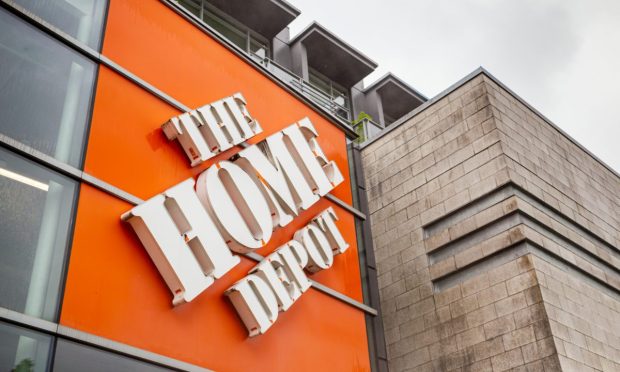Home Depot Nails Experiential Loyalty to Keep Big-Spending Pros Returning

“We are building a unique, interconnected pro ecosystem that will help us grow our share in a $450 billion addressable market,” Ranjeet Bhosale, vice president of customer marketing and operations at The Home Depot told PYMNTS.
This, as the Atlanta-based home improvement giant ramps up its newly launched tiered benefits program, that Bhosale said is mission critical for the retailer, since this small cohort of big-spending, frequent-shopping commercial customers account for half their sales.
Unsurprisingly, the home of the orange apron is leaning heavily into pro loyalty to create a best-in-class loyalty experience that makes these high-dollar customers “feel special.”
To be sure, Home Depot isn’t alone in tapping innovative loyalty benefits to build long-term affinity with core shopper audiences. Additional PYMNTS research has found that retailers across several market segments are similarly investing in their own loyalty programs.
Leading organizations are increasingly balancing transactional benefits with experiential perks for their loyalty members.
To build the type of community that goes beyond a mere points systems and one-off discounted purchases, businesses are testing ideas around how to better involve their key consumer demographics in the decision-making process, provide more dynamic rewards based on behavioral data and create a more equitable value exchange between consumer and retailer.
Striking the Right Balance
Consumers consistently see value in participating in retailer loyalty programs, but there’s a growing opportunity for retailers to offer more beyond standardized, one-size fits all offerings.
“If you look at any successful loyalty programs, there are two types of benefits that you can give to your customers,” Bhosale told PYMNTS. “One type are the typical transactional benefits where you give perks and rewards, which are great to get the customers engaged with Home Depot, but they only drive transactional loyalty. Where we need to take the [pro-focused, three-tier Pro Xtra B2B] loyalty program, and what we are excited about, is to have the right balance of not just transactional benefits, but experiential benefits.”
To activate their communities and offer them more relevant benefits that drive repeat purchase occasions, organizations are involving their key audiences from the ground up by treating them as valuable sources of feedback.
“We listen to our customers,” says Bhosale, “and the loyalty program gives us the ability to not only hear their feedback but to be able to respond back with our capabilities and drive further awareness around our capabilities. We have an always-on test and learn strategy, so when the customer tells us their pain points, we have different hypotheses and different ways in which we believe we can solve their challenges — and that’s what drives greater loyalty. Home Depot is well known for putting our customers first.”
Many of the tiered benefits recently launched for the Pro Xtra program, he adds, are based on customer feedback.
“What we’re doing now, with the tiered offerings, is providing incremental benefits to our business and profession customers based on their need-thresholds, how they do business with us — the loyalty program really gives us the platform to scale these personalized experiences to our bigger and more engaged customers.”
Still, Bhosale emphasizes that the loyalty program is just one of many initiatives Home Depot is launching to better support the company’s “pro” business line. The “pro” consumer, while making up just 10% of Home Depot’s customer base, represents approximately half of its sales, according to company data shared with PYMNTS.
Making the Customer Feel Special
Consumers today increasingly want more out of their memberships in terms of added value, and often expect to be rewarded beyond their purchases.
Bhosale says that attitudinal benefits that make Home Depot’s professional and contractor audiences “feel special” are the name of the game.
“The way in which a pro that spends $5,000 annually and how they run their business is completely different than a pro who spends $250,000, sometimes a million — and how they expect Home Depot to cater to their supply and product needs is completely different. The one thing that’s the same is removing the friction in their buying journey by giving them the appropriate product offerings and providing best-fit capabilities to help them grow their own businesses, whether that’s through pricing, product, or something else entirely,” Bhosale told PYMNTS.
If we can unlock that, he adds, everything else falls into place.
